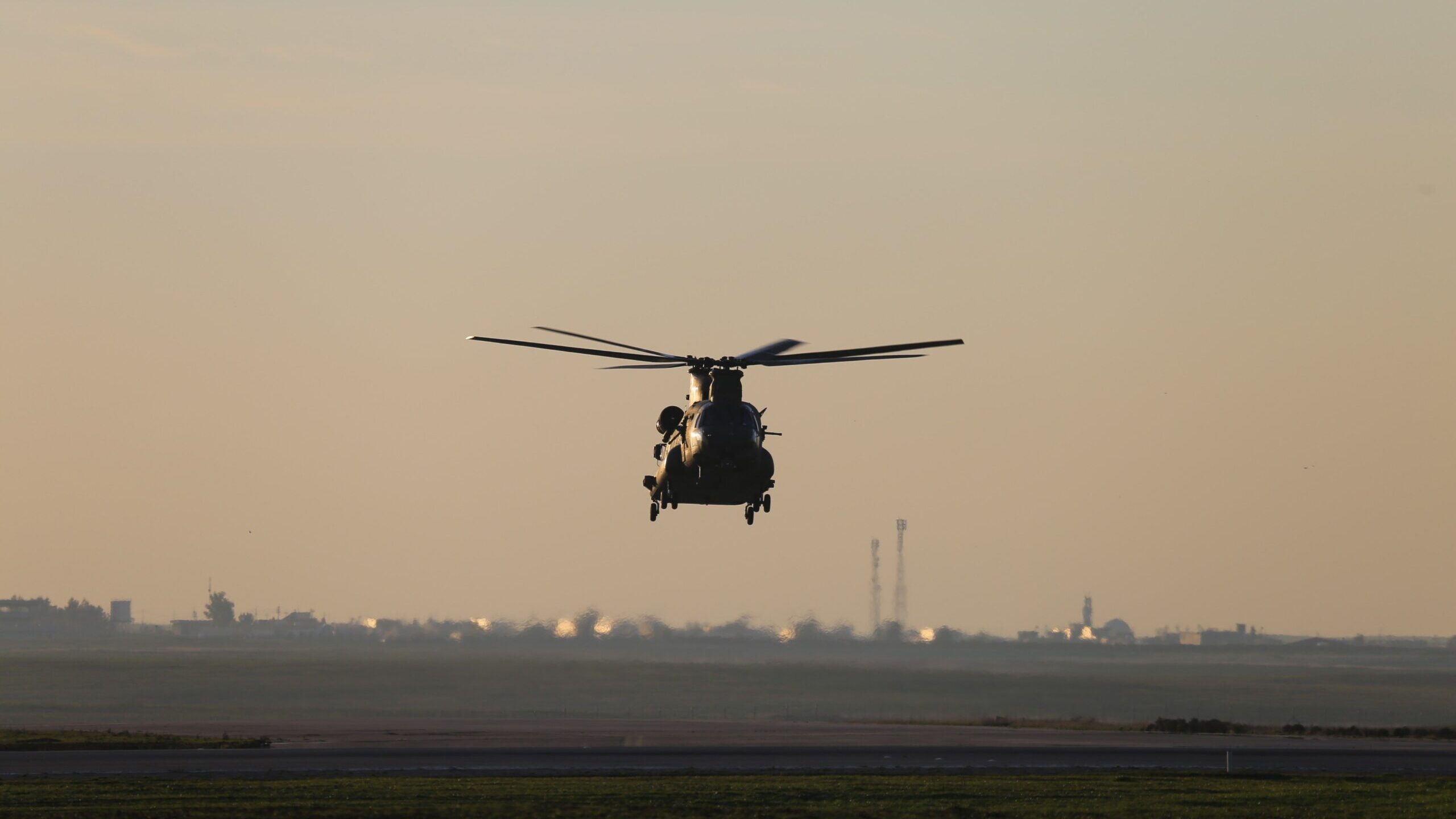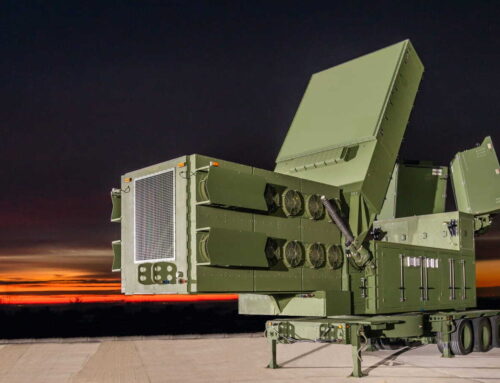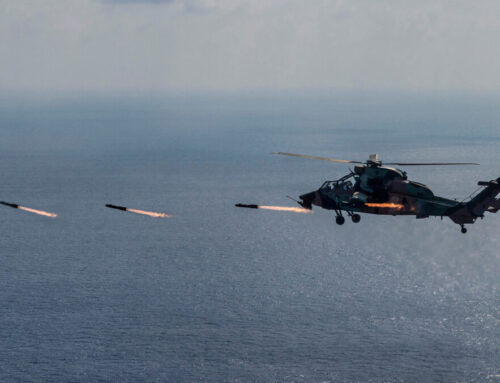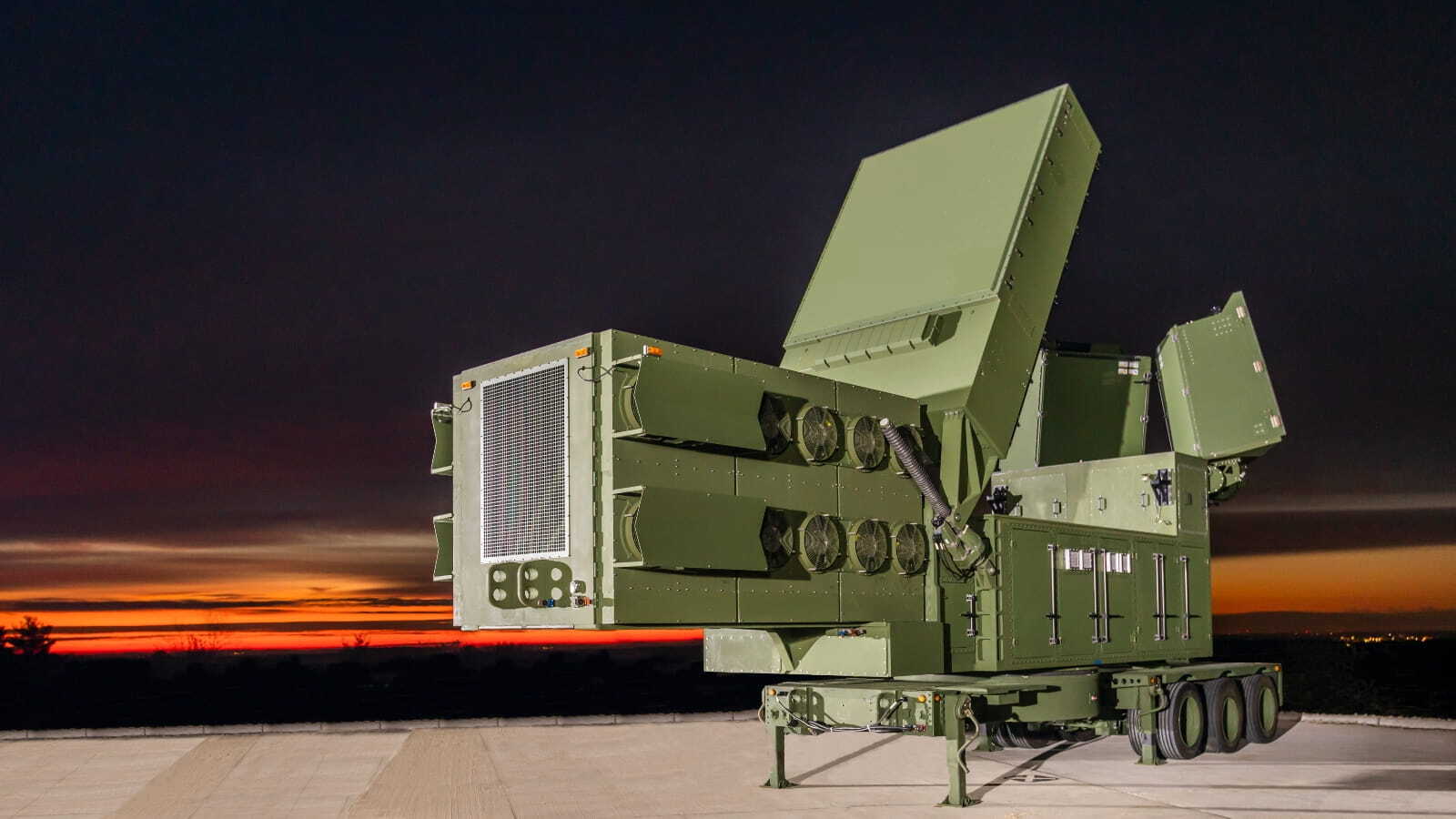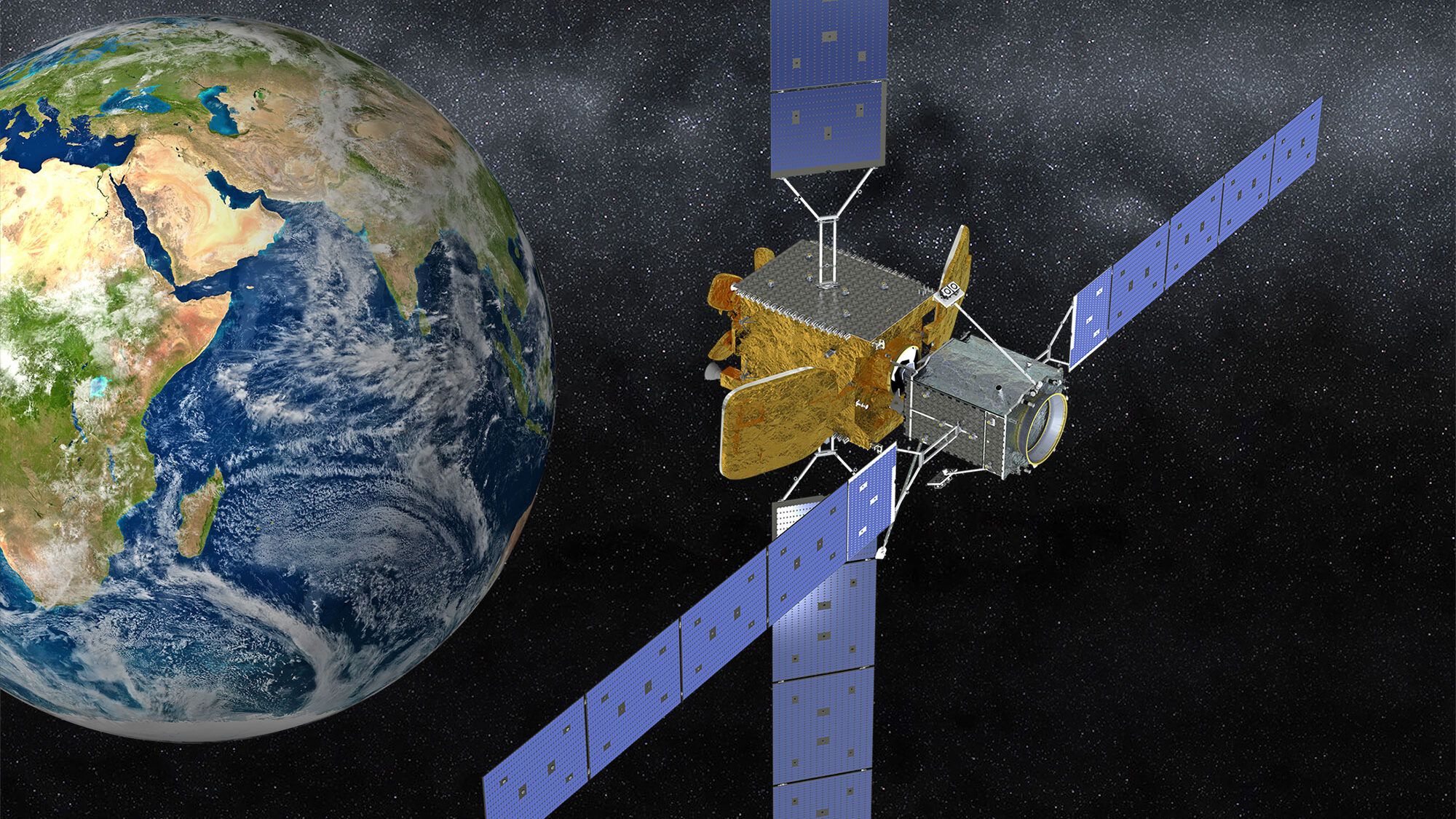A CH-47 Chinook helicopter, operated by soldiers with Bravo Company, 3-238th General Support Aviation Battalion, 28th Expeditionary Combat Aviation Brigade, flies over an airfield in the 28th ECAB’s area of operations in the Middle East. (US Army/Sgt. Eric Smith)
AUSA 2024 — Cargo aerial drones and autonomous boats will team up at next year’s Project Convergence capstone exercise to help the service flesh out future operating concepts and drive investment decisions, according to a senior Army leader.
“We’re going to have to figure out how to resupply dispersed formations,” Brig. Gen. Shane Upton, the director for the Contested Logistics Cross Functional Team, told Breaking Defense on Tuesday.
“The Pacific, by nature, drives you to that. There’s no other option if you start putting a Multi Domain Task Force lethal firing asset on a remote island chain, I have to resupply them with ammo and we may not be able to fly a traditional C-17 or C-130 in there,” the one-star general added. “The enemy will be like: ‘You’re not using that port because I just shot it up and it’s gone.’”
To evaluate the ever-evolving drone market, the service issued a request for information from industry for their heavy-lift options. Upton said 24 companies came back with options that ranged from flying prototypes to more developmental ideas. Based on that feedback, the Army has now picked two drones to participate in its Project Convergence Capstone 5 event next year, though Upton remained mum on which companies will be flying since they still haven’t been notified.
He did, however, disclose that those heavy-lift drones can ferry roughly 1000 pounds up to 300-400 nautical miles.
The plan now, in part, is to use those two different drones along with autonomous boats, to look at logistics options inside the Pacific theater and other parts of the world.
“It’s looking at using them together. … None of the solutions that we’re going to develop for the Army are going to be just for the Pacific, they’ve got to work in Europe,” Upton said.
“We need to be reminded that the only two wars going on right now are one in CENTCOM or one in EUCOM, not in PACOM,” he later added. “We don’t get to choose at the end of this … we’ve got to have these solutions be usable in all those environments.”
The Army plans to use Project Convergence takeaways on the state of aerial cargo drone tech and weigh that against options like integrating an autonomy stack on CH-47 Chinooks, an option Upton said is “easier said than done.” Price points for both avenues will also be a focal point.
“Some of these autonomous aircraft we’re talking about are a lot cheaper per capita than a Chinook,” Upton said. “If we’re going to do logistics over the shore, you have got to be able to scale it.”
“The money they do give us is a lot of money, but you [have] got to be able to buy things and still scale to the requirement you need. We need smaller, movable boats. We need these drones to be able to move that cargo, and you’re not going to be able to spend $50 million, $60 million or $70 million per drone to do this,” he added.


